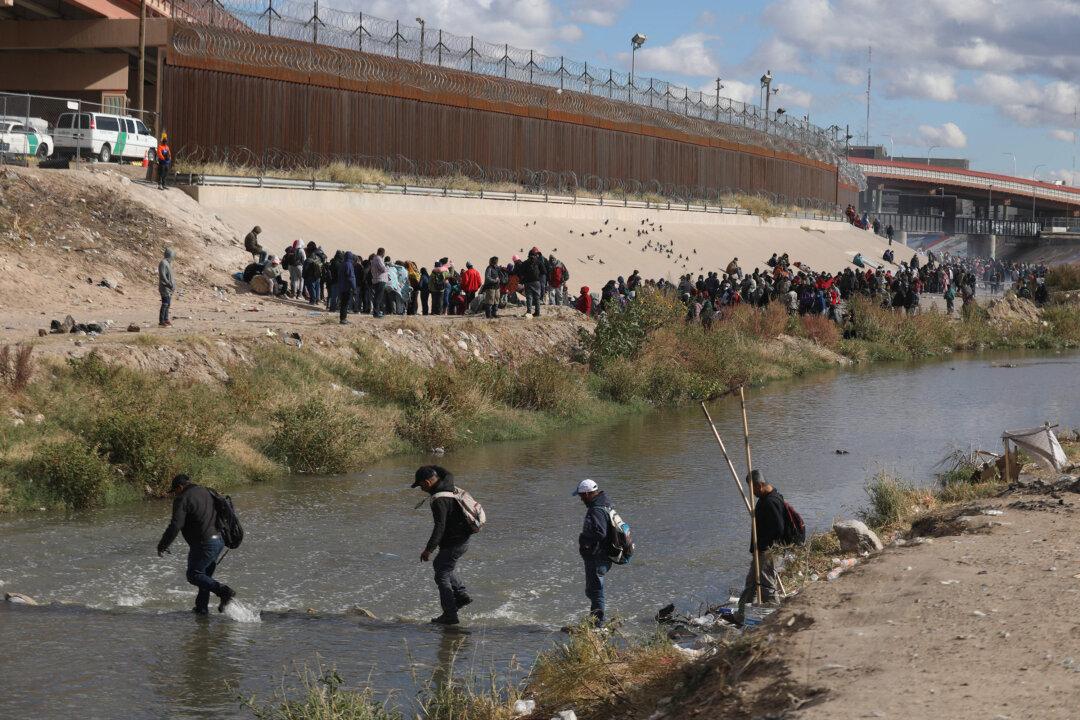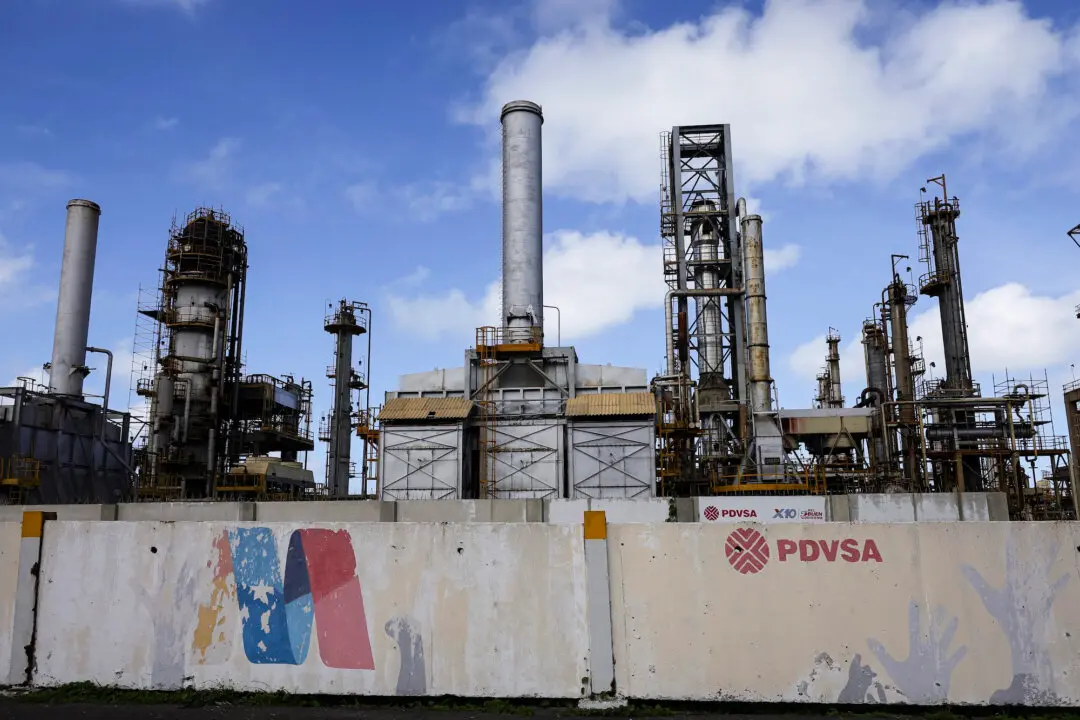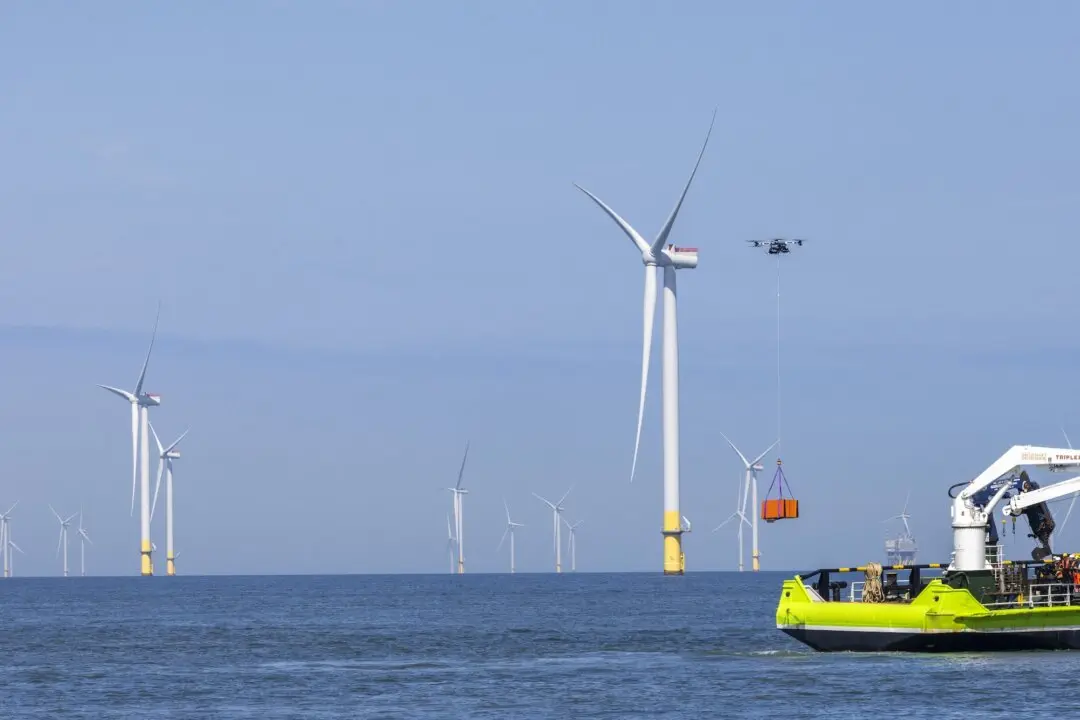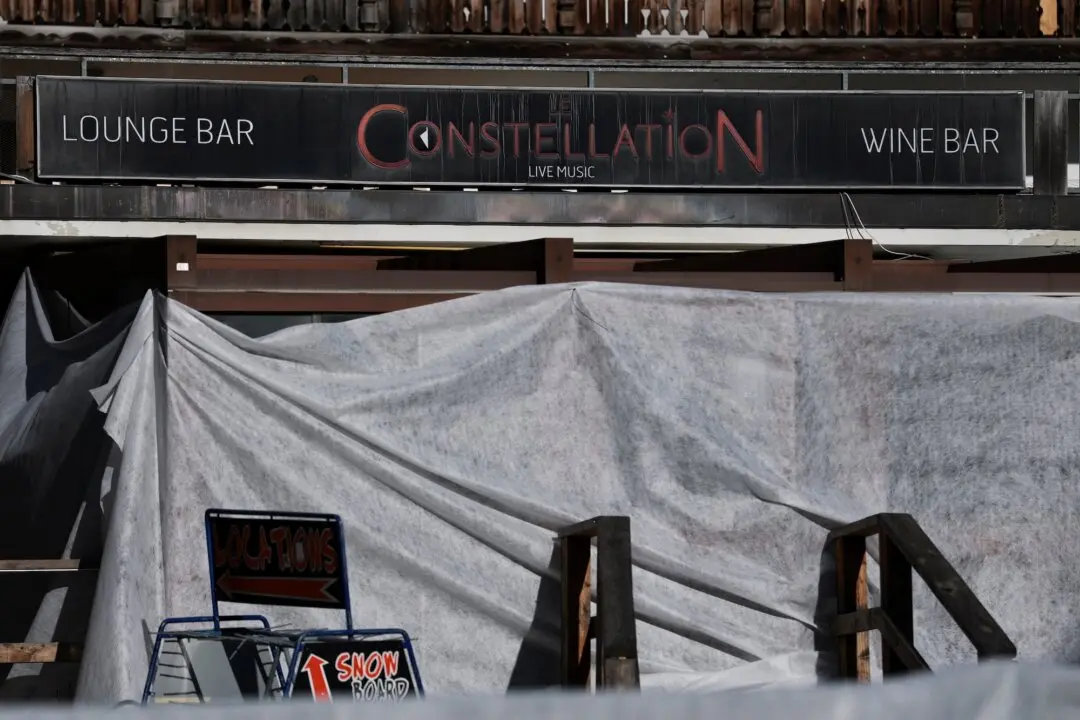Texas has bolstered security along the U.S.-Mexico border near El Paso by adding shipping containers along the Rio Grande in addition to a mile of razor-wire fencing set up earlier to prevent illegal crossings.
The shipping containers started to be set up earlier this week, according to a statement on Thursday by Texas Gov. Greg Abbott, a Republican who has been at the forefront of efforts to secure the southern border amid a surge in illegal immigration.





